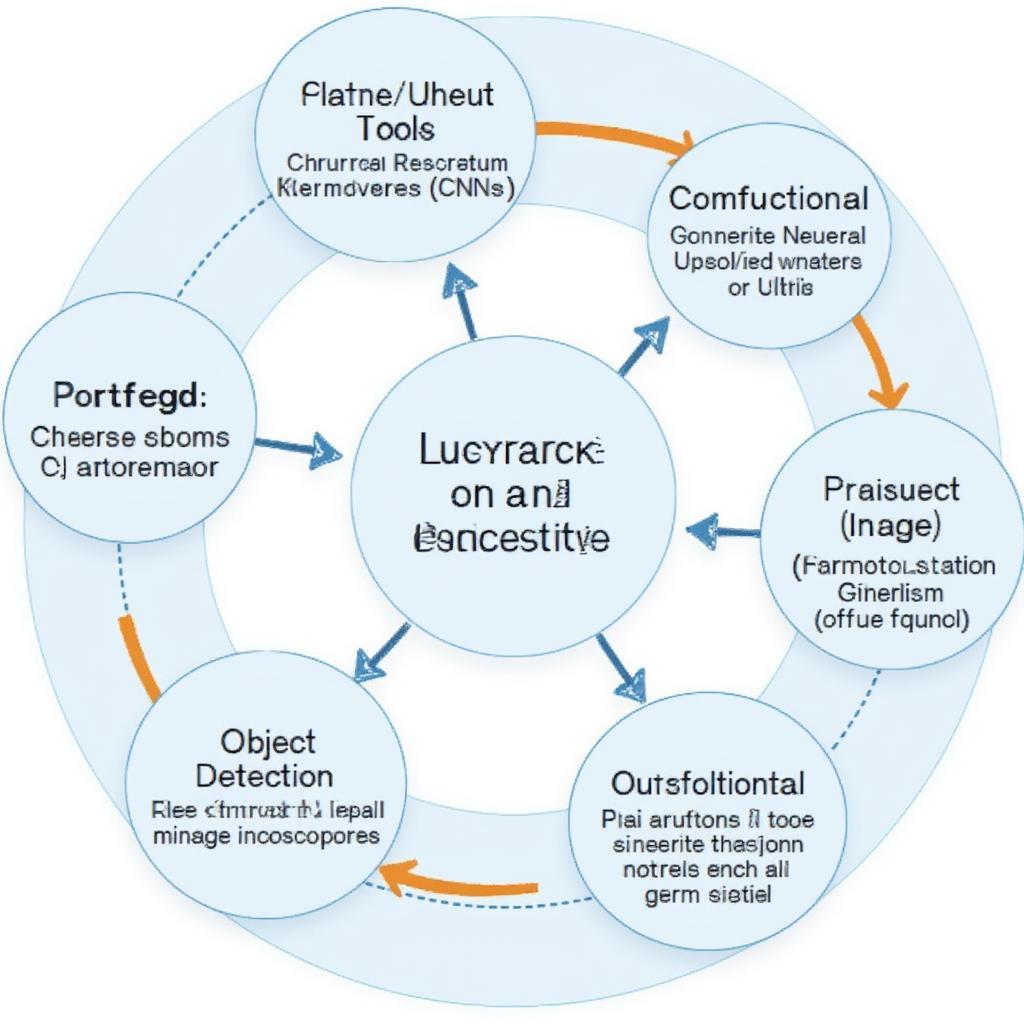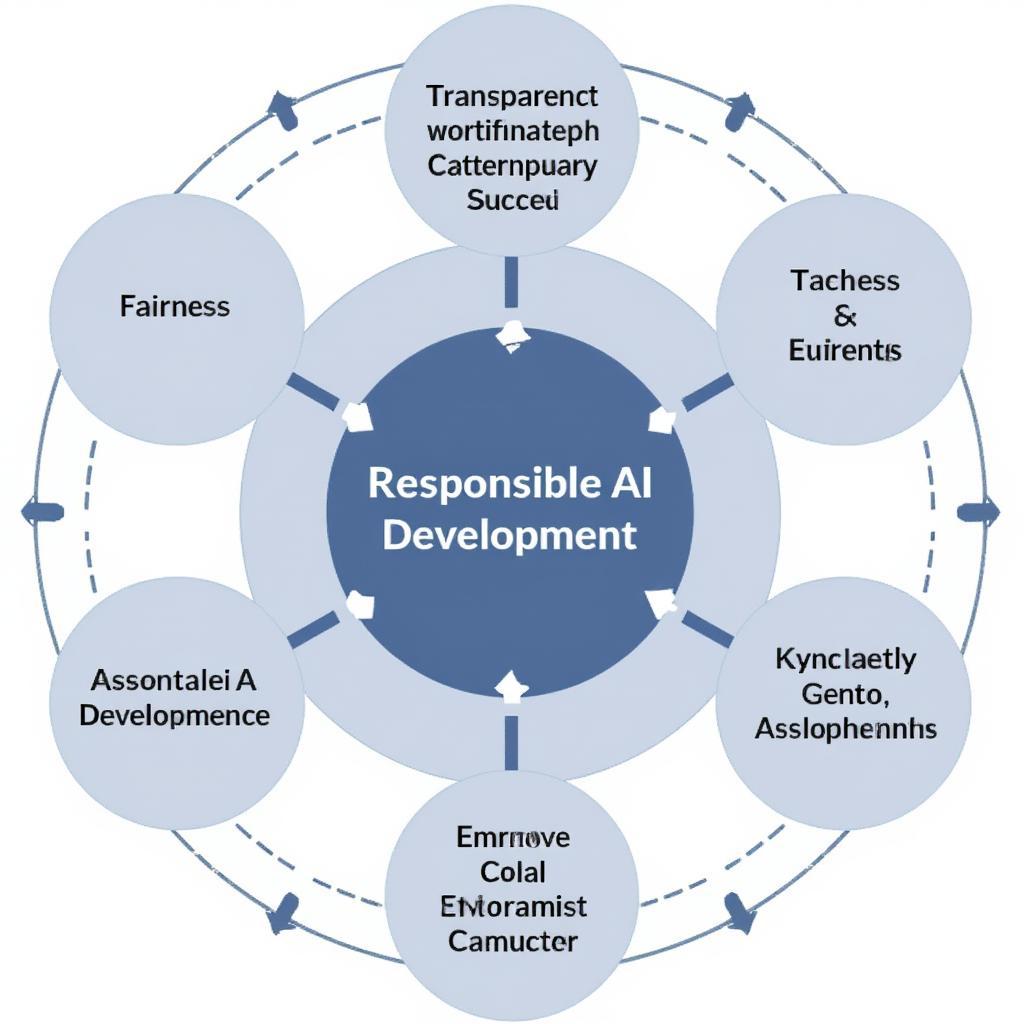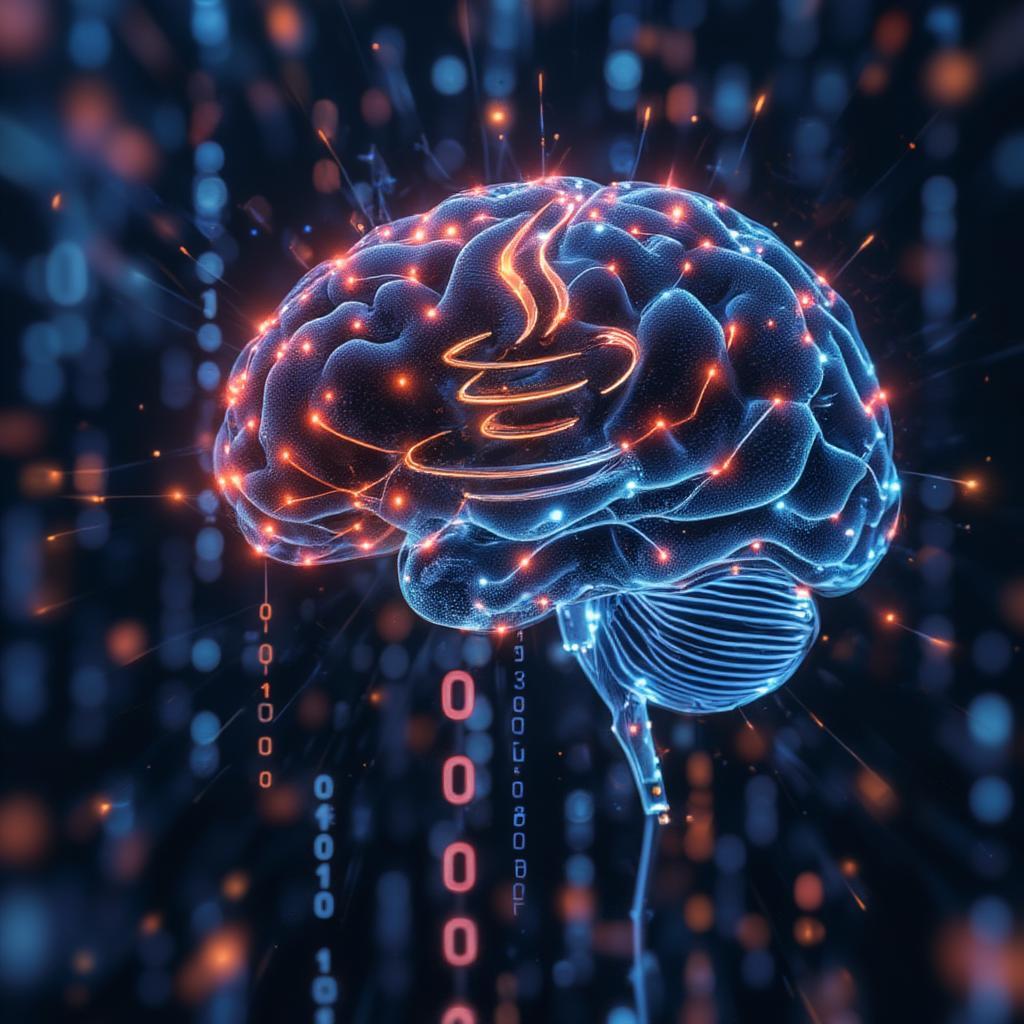Exploring the World of Image Processing AI Examples: A Comprehensive Guide

Artificial intelligence (AI) has revolutionized numerous fields, and one of its most impactful applications lies in image processing. From enhancing medical diagnoses to powering facial recognition systems, Image Processing Ai Examples are ubiquitous in our modern world. This article dives deep into this fascinating subject, exploring various applications, techniques, and ethical considerations.
What is Image Processing AI?
Image processing AI involves using algorithms to analyze, modify, and interpret digital images. Unlike traditional image processing, AI-powered systems can learn from vast datasets, improving their accuracy and adaptability over time. Machine learning, deep learning, and computer vision are key components of this field. We see this technology powering everything from our smartphone cameras to advanced scientific research, and it’s crucial to understand its potential, as well as its limitations.
Key Techniques Used in Image Processing AI
Several techniques underpin image processing AI. These include:
- Convolutional Neural Networks (CNNs): These neural networks are particularly effective at identifying patterns and features in images. They’re the workhorses behind many image recognition tasks.
- Image Segmentation: This involves dividing an image into different regions, allowing AI to understand objects and their boundaries more clearly. Think of how a self-driving car identifies pedestrians and lanes.
- Object Detection: This identifies and locates specific objects within an image. It’s used in everything from security systems to retail analytics.
- Image Enhancement: This involves improving the quality of an image by adjusting brightness, contrast, and other parameters, which is incredibly useful in medical imaging.
- Generative Adversarial Networks (GANs): These are used to create new, realistic images, often for creative purposes, such as generating artwork or realistic simulations.

Image Processing AI Examples in Real Life
Let’s explore some of the most impactful applications of image processing AI examples across different industries:
Healthcare
AI-powered image processing has become an indispensable tool in healthcare. For instance, consider medical imaging, such as X-rays, MRIs, and CT scans. AI algorithms can analyze these images to detect abnormalities, potentially catching diseases like cancer in their early stages with higher accuracy than human experts. Imagine the life-saving potential when AI assists radiologists in spotting subtle signs that might otherwise be missed. This leads to earlier diagnoses, more effective treatments, and better patient outcomes. Additionally, AI can enhance the resolution and clarity of medical images, making it easier to diagnose complex conditions.
“The use of image processing AI in medical imaging is revolutionizing how we approach diagnosis and treatment planning. Its ability to quickly and accurately analyze large volumes of medical images is making healthcare more efficient and precise,” states Dr. Emily Carter, a leading radiologist at the Institute of Advanced Medical Technologies.
Furthermore, image processing AI is used in robotic surgery, providing surgeons with enhanced visual guidance during complex procedures, improving accuracy and reducing the invasiveness of the operation.
Security and Surveillance
Facial recognition technology, a core application of image processing AI, is extensively used in security systems. It can identify individuals in a crowd, assisting in tracking potential criminals or missing persons. However, it’s crucial to consider the ethical implications of such technologies. The very same systems that enhance security can also pose a threat to privacy and civil liberties if misused or uncontrolled.
Another critical application is in monitoring public spaces for suspicious activities, which helps in the rapid response to incidents, making cities safer. Additionally, AI helps in automatically identifying anomalies in security footage, preventing the need for continuous human monitoring.
Agriculture
Image processing AI is transforming agricultural practices. AI algorithms can analyze images captured by drones or satellites to monitor crop health, detect diseases, and assess soil conditions. This precision agriculture approach optimizes the use of resources like water and fertilizers, maximizing yields while minimizing environmental impact. Farmers can use this technology to identify areas that need attention, saving both time and money, while also boosting food production efficiency. This leads to more sustainable and productive agricultural practices.
Retail
In the retail industry, image processing AI enhances both the customer experience and operational efficiency. Smart shelves use computer vision to track inventory, automatically alerting staff when items are running low. This ensures shelves are well-stocked, reducing lost sales and improving customer satisfaction. Furthermore, AI can analyze customer behavior within stores, providing insights into product placement and shopping patterns. This data-driven approach helps retailers optimize layouts, improve merchandising, and increase sales.
Automotive Industry
Self-driving cars are perhaps one of the most groundbreaking examples of image processing AI. These vehicles rely heavily on computer vision to perceive their surroundings, identifying objects like pedestrians, other vehicles, and road signs. AI algorithms interpret the data captured by onboard cameras and sensors, allowing autonomous navigation. The level of precision is incredibly high, as any misinterpretation could have significant consequences.
Entertainment
Image processing AI is becoming increasingly common in the entertainment industry. AI is used in the creation of special effects, allowing for realistic and breathtaking visual experiences. AI algorithms can be used to create deep fakes, add filters to videos, and enhance image quality. In gaming, AI can create realistic and adaptive environments, making gameplay more engaging.
“As someone who works with AI in film, I’ve seen firsthand how this technology enhances creative possibilities. The speed and precision AI offers is transforming the entertainment landscape,” says Mark Thompson, a digital artist with extensive experience in visual effects.
Other Applications
Other notable applications of image processing AI examples include:
- Environmental Monitoring: Analyzing satellite images to monitor deforestation, pollution levels, and natural disasters.
- Manufacturing: AI is used for quality control, inspecting products for defects with high precision.
- Astronomy: Enhancing and analyzing images captured by telescopes to study galaxies and celestial objects.
Ethical Considerations in Image Processing AI
The rapid advancement and widespread implementation of image processing AI examples raise important ethical concerns that need careful consideration. These include:
- Privacy Concerns: Facial recognition and surveillance technologies can infringe on individuals’ privacy rights. How do we ensure these technologies are used responsibly?
- Bias and Fairness: AI algorithms can inherit biases present in the datasets they are trained on, leading to discriminatory outcomes. We need to work towards creating algorithms that are unbiased.
- Transparency and Accountability: It is crucial to understand how AI systems make decisions. Opacity can create mistrust and pose issues for accountability when errors occur.
- Data Security: The vast amounts of image data collected for AI processing need robust security measures to prevent misuse.
- Job Displacement: Automation through AI could potentially lead to job losses in certain sectors. We need proactive strategies to address this issue.
The Future of Image Processing AI
The future of image processing AI looks incredibly promising. We can anticipate even more sophisticated AI algorithms, capable of understanding and manipulating images with unprecedented accuracy. Expect to see more widespread adoption across all industries, particularly as AI becomes more accessible and affordable. We need to foster a culture of responsibility, ensuring that AI is developed and used ethically, for the benefit of humanity. Moreover, ongoing research will likely yield innovative applications we haven’t yet imagined. Perhaps we will see hyperrealistic virtual realities, or AI that can create art that has an incredible depth of emotion.
To stay updated on the latest advancements, consider exploring resources such as free online courses on artificial intelligence or certificate courses on artificial intelligence. Additionally, insights into the financial aspects of AI can be found at top artificial intelligence stock.
Conclusion
Image processing AI examples have already profoundly changed our world and will continue to do so. From healthcare and security to agriculture and entertainment, the applications of this technology are vast and continue to expand. However, as we embrace this powerful technology, it’s crucial to address the ethical considerations and ensure its responsible development. By educating ourselves and engaging in thoughtful conversations, we can harness the full potential of image processing AI for the greater good. We must always remember the power of this technology, and strive for a balance of innovation and moral responsibility. The impact of AI-driven image processing on the future cannot be understated, and it is in our best interest to steer it toward positive change. For further exploration into real-world applications, you might look into examples of artificial intelligence in manufacturing and five real life example of artificial intelligence.



